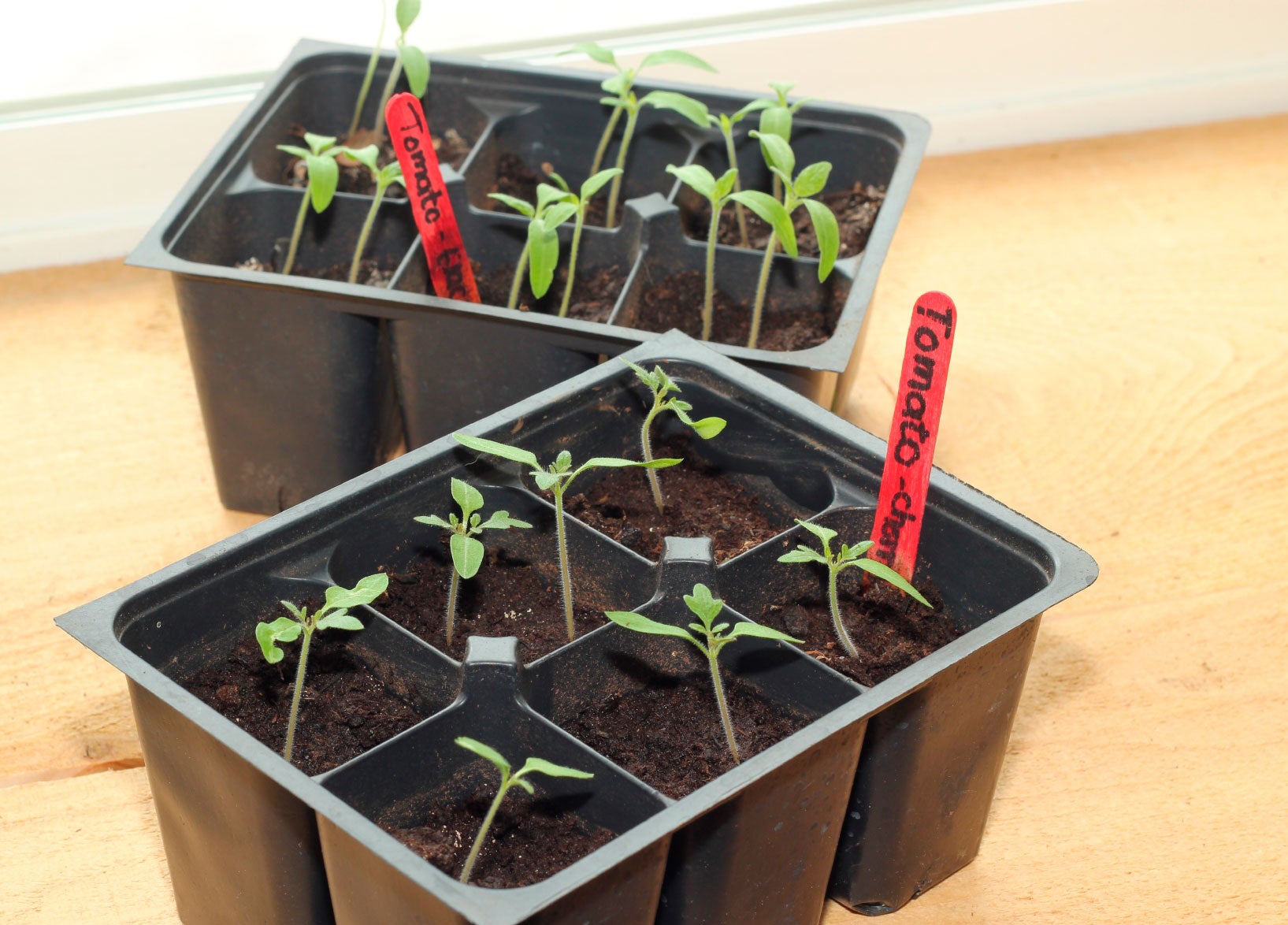Information On Which Vegetable Seeds To Sow Indoors Or Outdoors


Vegetables can be planted indoors or outdoors. Normally, when you plant seeds indoors, you'll need to harden the seedlings off and transplant them into your garden later. So which vegetables are best started inside, and which are best to direct sow in the garden? Read on for information on where to sow vegetable seeds.
Starting Seeds Indoors vs. Direct Sowing Outside
Depending on the particular crop planted, gardeners can go about sowing seeds directly in the ground or starting them inside. Typically, plants that transplant well are the best candidates for vegetable seed starting indoors. These normally include the more tender varieties and heat-loving plants too. Sowing seeds indoors allows you to get a jump on the growing season. If you start your vegetable seed planting at the right time for your area, you'll have strong, vigorous seedlings ready to go into the ground once the regular growing season begins. In areas with short growing seasons, this method is ideal. Most of your root crops and cold hardy plants respond well to vegetable seed planting directly outdoors. No matter how careful one is when transplanting a young plant, there is bound to be some minor root damage. Many plants that do well directly sown do not respond well to being transplanted because of the potential root damage.
Where to Sow Vegetable Seeds and Herbs
To help get you started with where to sow vegetable seeds and common herb plants, the following list should help:
PLANT | INDOORS | SOW DIRECT |
| Row 1 - Cell 1 | X | |
X | X | |
| Row 3 - Cell 1 | X | |
X | X | |
| Row 5 - Cell 1 | X | |
X | Row 6 - Cell 2 | |
X | X | |
X | X | |
X | X | |
X | X | |
X | X | |
X | Row 12 - Cell 2 | |
X | Row 13 - Cell 2 | |
X | Row 14 - Cell 2 | |
X | Row 15 - Cell 2 | |
X | X | |
X | Row 17 - Cell 2 | |
X | X | |
X | X | |
| Row 20 - Cell 1 | X | |
| Row 21 - Cell 1 | X | |
| Row 22 - Cell 1 | X | |
X | X | |
X | Row 24 - Cell 2 | |
X | X | |
X | X | |
X | Row 27 - Cell 2 | |
X | X | |
X | X | |
| Row 30 - Cell 1 | X | |
| Row 31 - Cell 1 | X | |
X | Row 32 - Cell 2 | |
X | Row 33 - Cell 2 | |
X | X | |
X | X | |
| Row 36 - Cell 1 | X | |
| Row 37 - Cell 1 | X | |
| Row 38 - Cell 1 | X | |
| Row 39 - Cell 1 | X | |
| Row 40 - Cell 1 | X | |
X | X | |
| Row 42 - Cell 1 | X | |
| Row 43 - Cell 1 | X | |
X | Row 44 - Cell 2 | |
X | Row 45 - Cell 2 | |
| Row 46 - Cell 1 | X | |
X | X | |
*Note: These include growing for greens. |
X | X | |
| Row 1 - Cell 1 | X | |
X | Row 2 - Cell 2 | |
| Row 3 - Cell 1 | X | |
| Row 4 - Cell 1 | X | |
X | Row 5 - Cell 2 | |
X | X | |
X | X | |
X | X | |
X | Row 9 - Cell 2 | |
X | Row 10 - Cell 2 | |
X | Row 11 - Cell 2 | |
X | X | |
X | Row 13 - Cell 2 | |
X | X | |
X | Row 15 - Cell 2 | |
X | Row 16 - Cell 2 | |
X | X | |
| Row 18 - Cell 1 | X | |
X | X | |
X | Row 20 - Cell 2 |
Sign up for the Gardening Know How newsletter today and receive a free copy of our e-book "How to Grow Delicious Tomatoes".

Nikki Tilley has been gardening for nearly three decades. The former Senior Editor and Archivist of Gardening Know How, Nikki has also authored six gardening books.